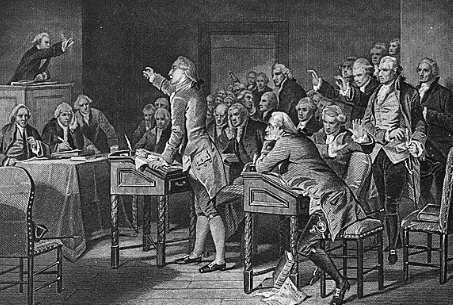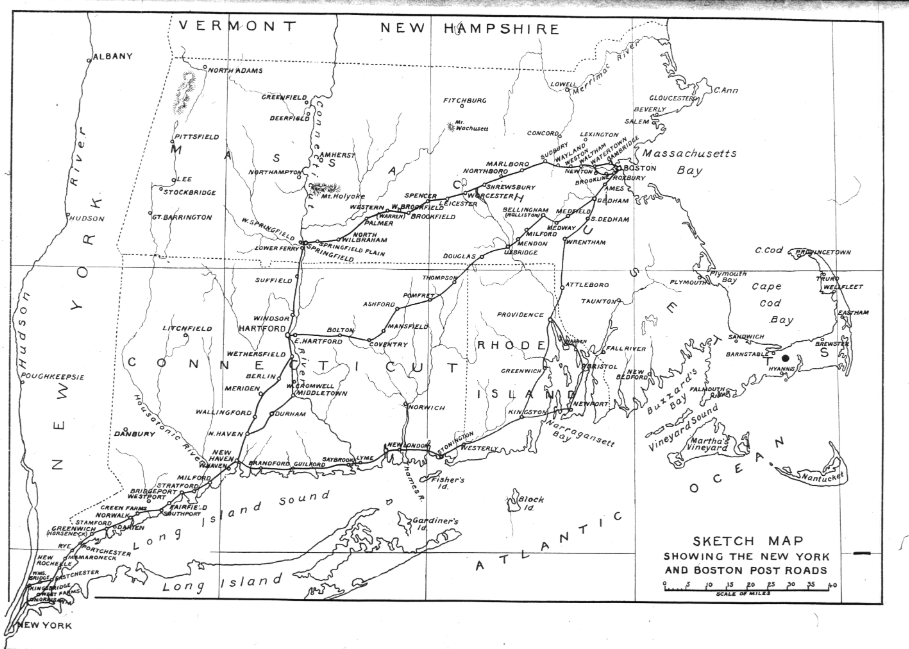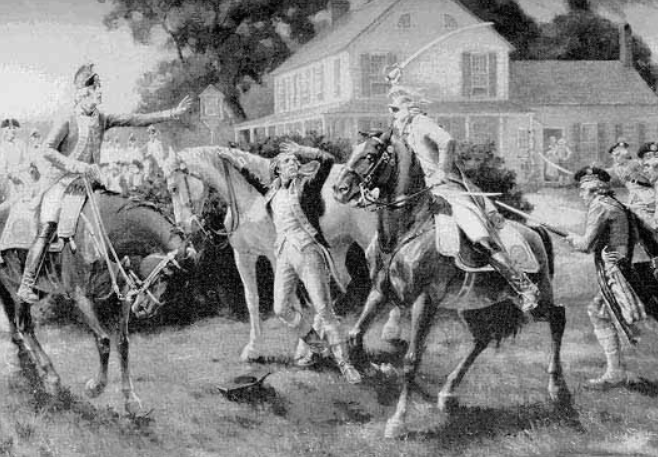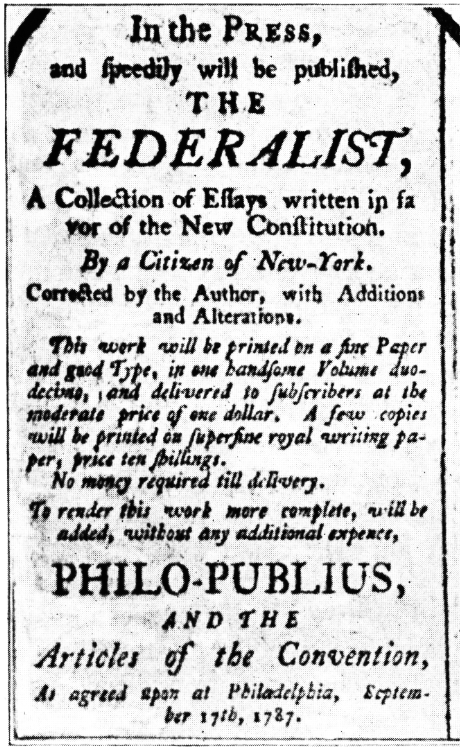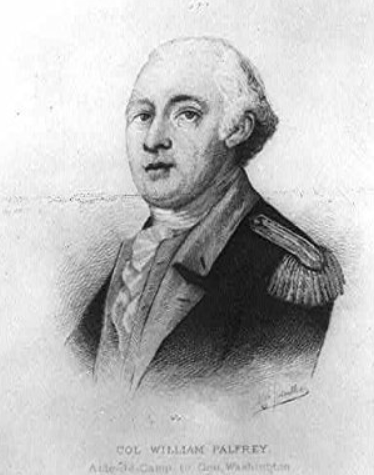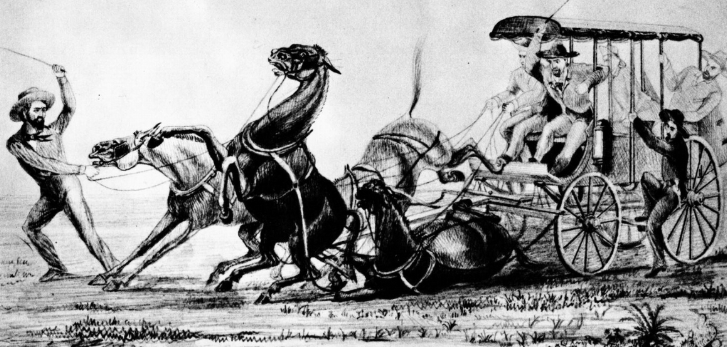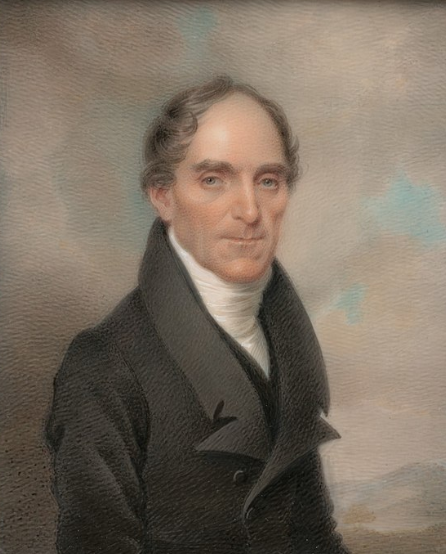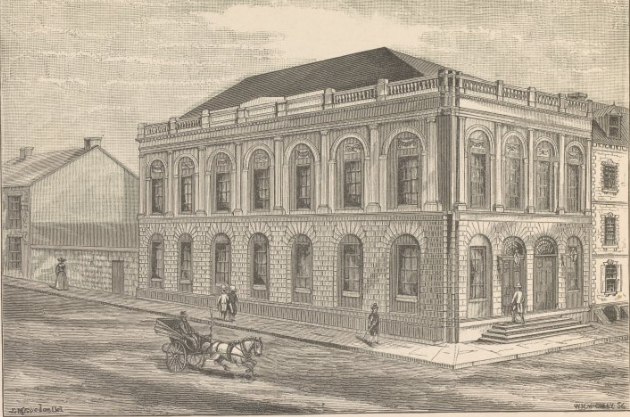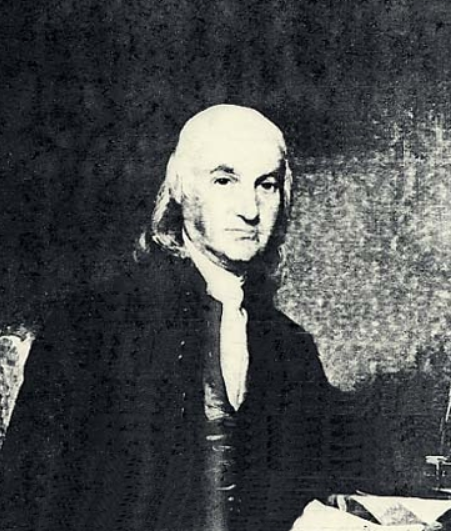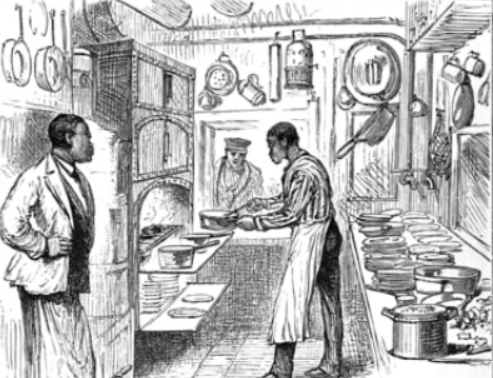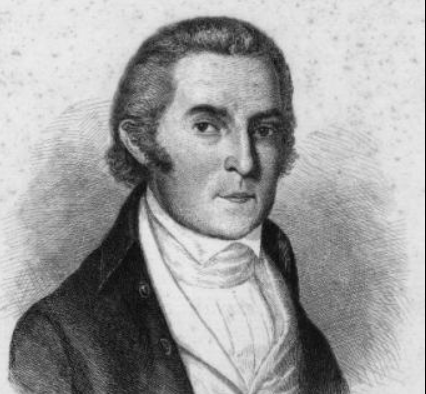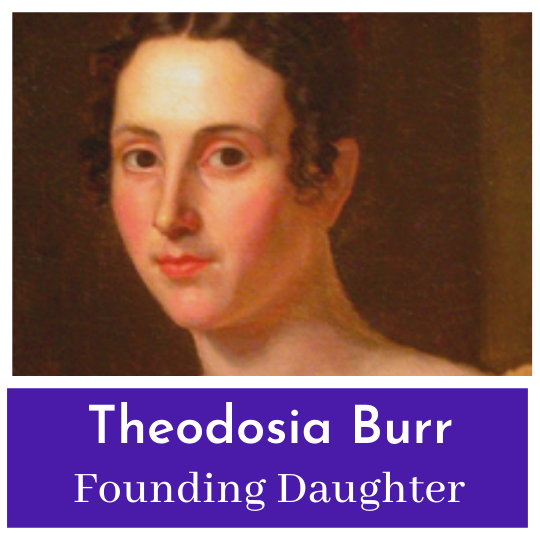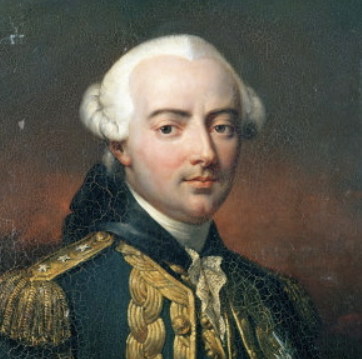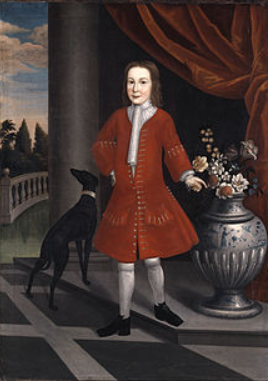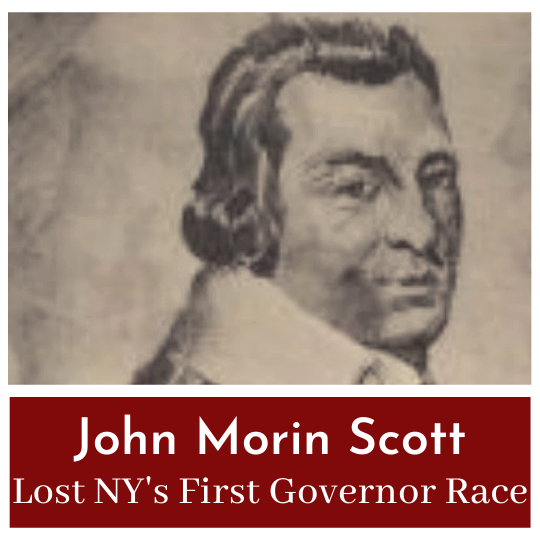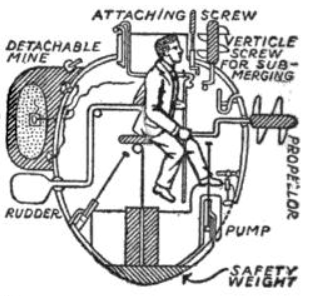A list of the Stamp Act Delegates who went on to contribute the most during the American Revolution that followed.
The Five Day Ride of Israel Bissell - The Lexington Alarm to Philadelphia
Israel Bissell was the person who brought news of the ‘shot heard ‘round the world’ from Massachusetts to Philadelphia.
Martyred Cowboy - Nathaniel Woodhull's Revolutionary Cattle Drive
Nathaniel Woodhull was President of the New York Provincial Congress and a Brigadier General in the State Militia when he was martyred by the Redcoats on Long Island.
Miscellaneous Powers of the Constitution - Federalist 43
In Federalist #43 James Madison changes his style and writes a modern ‘clickbate’ type list of miscellaneous powers granted to the Federal Government by the Constitution.
Thomas Barclay and The Moroccan-American Treaty of Peace and Friendship
An interesting set of circumstances led to Thomas Barclay signing a Treaty of Peace and Friendship with the Sultan of Morocco.
Everyone's Assistant - William Palfrey Organizes The Revolution
William Palfrey was a Bostonian who participated in the initial stages of rebellion before assisting General Washington in the creation of the Continental Army.
Capturing Correspondence - Turbutt Wright Responds to a Mail Robbery
Turbutt Wright was a Continental Congressman who served on a committee which debated on how to react to a surprising mail robbery.
Liberating Lafayette - Francis Kinloch Huger Frees a Founder
Francis Kinloch Huger attempted to free the Marquis de Lafayette from an Austrian prison during the French Revolution.
Hamilton Plays Middleman - The Founding of the Bank of New York
The founding of the Bank of New York was an interesting compromise of sorts between many of NYC’s most influential Revolutionaries.
Sugar, Money and Revolution - Isaac Roosevelt Amasses a Fortune
Isaac Roosevelt was a sugar refiner, banker and great-great-grandfather of President Franklin Delano Roosevelt.
Should The Feds Regulate Interstate Trade? (Federalist 42)
James Madison uses Federalist #42 to discuss foreign trade, interstate commerce and the naturalization of immigrants.
Freedom Through Food - Culinary Master James Hemmings
James Hemmings began life as one of Thomas Jefferson’s slaves but eventually established himself as one of the finest chefs in the early United States.
How John Paul Got His Jones, or, Willie Jones Leads North Carolina
Willie Jones was head of Halifax, North Carolina’s Committee of Safety and was an important player in creating that State’s first constitution.
The Education and Mystery of Theodosia Burr
Theodosia Burr was one of the best educated women in the early United States. She also happened to die under mysterious circumstances.
The Repeated Defeats of Comte d'Estaing
The Comte d’Estaing was the first Admiral sent to the United States after the French joined the war.
Pierre Van Cortlandt's Constant Leadership
Pierre Van Cortlandt was Lieutenant Governor of New York throughout the American Founding.
Sensible But Not Very Polite - John Morin Scott's New York City
John Morin Scott was Secretary of State for New York City throughout the Revolution.
Does the Constitution Grant the National Government Too Much Power? (Federalist #41)
In Federalist #41 James Madison analyzes if whether or not the Constitution grants the government too much power.
The Vindication of Timothy Bedel - The Embarrassment at The Cedars
Timothy Bedel was embarrassed at the Battle of the Cedars but was able to redeem himself and his position in the Continental Army.
We Should All Be Blown Up Together - Under The Sea with Ezra Lee
Continental Soldier Ezra Lee was the first man to ever pilot a submarine in an effort to attack an enemy ship.
